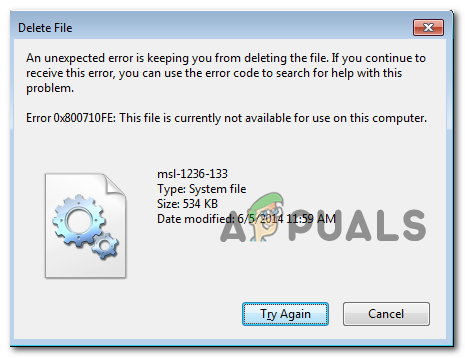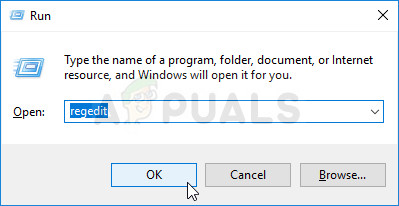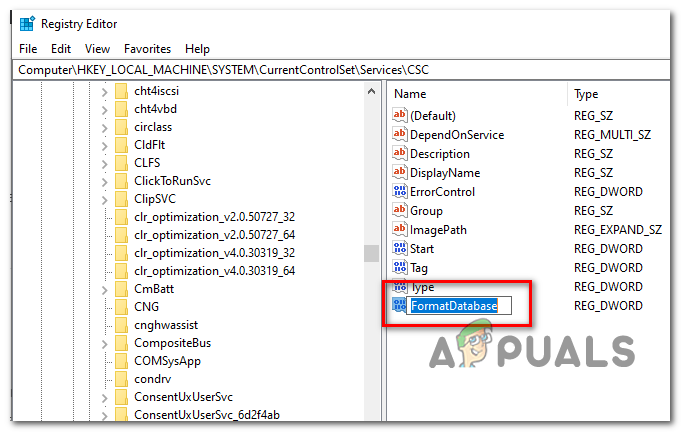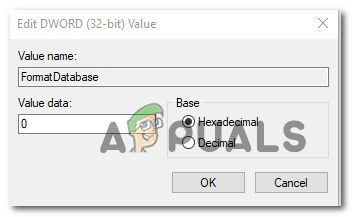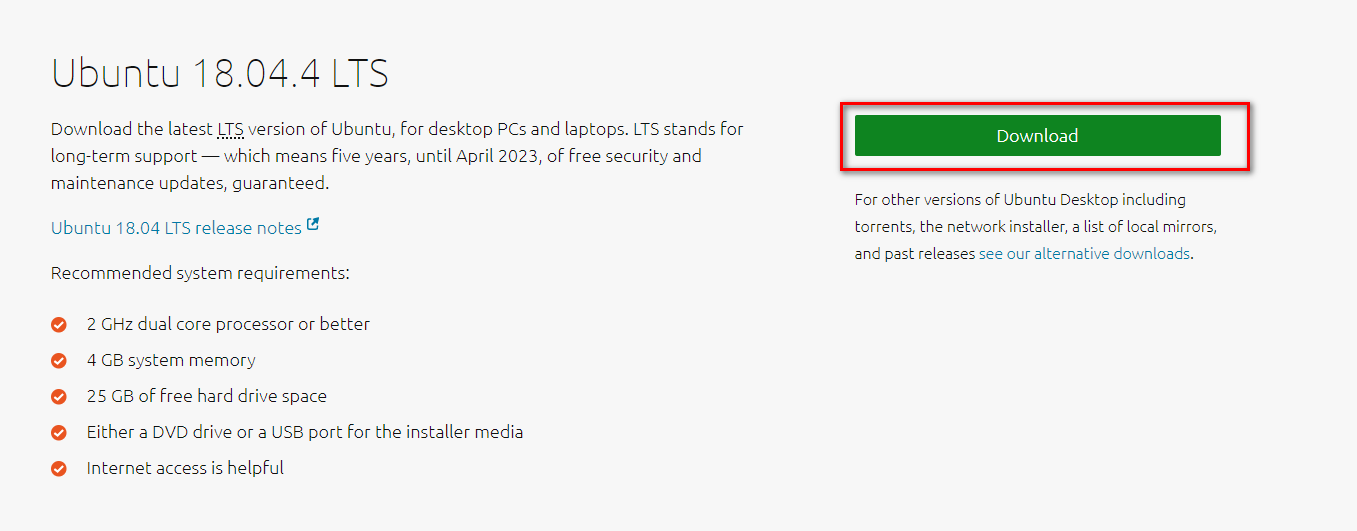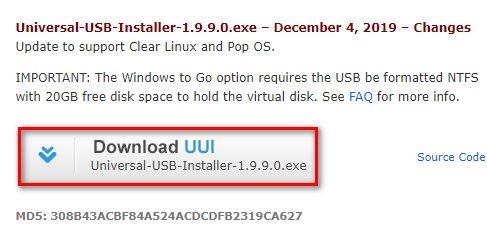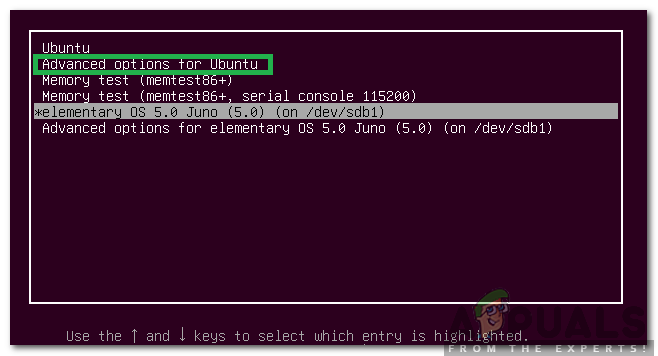By far, the most common instance that will be responsible for the apparition of the 0x800710FE error is the native Office File Synchronization (that is present on every recent Windows version, but it’s not enabled by default). If you’re technical, you can prevent the error from re-appearing by accessing the Sync Center settings via the Classic Control panel and disabling Offline Files or by running a series of commands inside an elevated CMD prompt. In case the issue is caused by a CSC database glitch, you can fix the issue by creating a FormatDatabase key using Registry Editor. However, the issue can also be caused by logical errors on your drive – In this case, a CHKDSK scan should resolve the issue automatically. If the file is encrypted or your user doesn’t have the permission to edit it, one way that will allow you to delete it is to boot from a LIVE USB Ubuntu drive and delete it via the terminal.
Method 1: Disable Offline File Synchronization
As it turns out, in most cases, this particular issue is caused by a file or dependencies associated with Offline File Synchronization. If this scenario is applicable, you should be able to fix the issue by using the Classic Control Panel interface to access the Sync settings and disabling Offline Files from the Manage Offline Files menu. Here’s a quick guide on how to do this: Note: The instructions below should be applicable regardless of the Windows version that you’re encountering the issue on. In case you’re still encountering the same error or Offline features was already disabled, move down to the next potential fix below.
Method 2: Formatting CSC Database via Registry Editor
If disabling file synchronization didn’t work for you, the next logical step would be to use Registry Editor to create a FormatDatabase key that will allow you to reset any cluster of data that might trigger the 0x800710FE due to permission issues. Several affected users have confirmed that the issue was swiftly resolved and the This file is currently not available for use on this computer error no longer occurred after they followed the instructions below and restarted their computer. Here’s a quick guide that will allow you to format the CSC database via Registry Editor: In case the same problem is still occurring and you’re still prevented from deleting certain files by the 0x800710FE error, move down to the next potential fix below.
Method 3: Disabling Sync Center via CMD
As it turns out, one of the most common features that will end up causing this 0x800710FE (This file is currently not available for use on this computer) is the Sync Center. Even though this feature should not be enabled by default, you might find this scenario applicable in case you previously established a synced partnership (you made some network files or folders available offline). If one of those files/folders part of this shared partnership ends up causing the 0x800710FE, you can most likely get the issue resolved by disabling the Sync Center driver and service, clearing the Client-Side Cache, disabling the scheduled tasks and preventing the Sync Center from starting at every logon. A lot of users encountering this issue have reported that the issue went away and they were able to delete the folder after following the instructions below and restarted their computer. Here’s a quick guide on disabling the Sync center in order to resolve the 0x800710FE error code: In case you’re still encountering the 0x800710FE (This file is currently not available for use on this computer), move down to the next potential fix below.
Method 4: Deleting file via USB Ubuntu drive
If none of the other methods above have allowed you to fix the issue, you should try creating a USB Live ubuntu drive and boot from it in order to remove the file or folder that is causing the 0x800710FE (This file is currently not available for use on this computer). Several affected users that have tried this fix and performed a CHKDSK afterward have reported that they’ve successfully managed to get rid of the file or folder that was refusing to go conventionally. Here’s a quick guide on creating a Live Ubuntu USB drive on Windows and boot from it in order to delete the folder or file that’s triggering the 0x800710FE: In case you did follow the instructions above, it’s highly recommended that you also perform a CHKDS scan. Do this by following the next method below.
Method 5: Performing a CHKDSK scan
Since using a Ubuntu Live image to delete a directory is known to open to create bad sectors and metadata corruption, it’s very important to eliminate this complimentary issue as soon as possible. Fortunately, Windows includes a built-in utility (CHKDSK) that is capable of scanning for errors and corruptions and repair any logical errors and corrupted data that a forceful deletion attempt might have left behind. CHKDSK (Disk Error Checking utility) on Windows 10 is much more efficient than previous iterations, but in order to ensure that it has the necessary permissions to repair the bad files, you will need to ensure that it’s opened into an elevated CMD window. In case you don’t know how to start a CHKDSK scan & repair process, follow this guide here on running CHKDSK. Note: The instructions should work regardless of which Windows version you’re encountering the issue on.
[FIX] ‘An Error Occured while Trying To Copy a File’ Filmora Installation Error…Fix: Word Experienced An Error Trying to Open the FileResolve File Size Exceeds Limit Error 0x800700DF on Windows 10Resolve Recuva Unable to Determine File System Type (Error)
